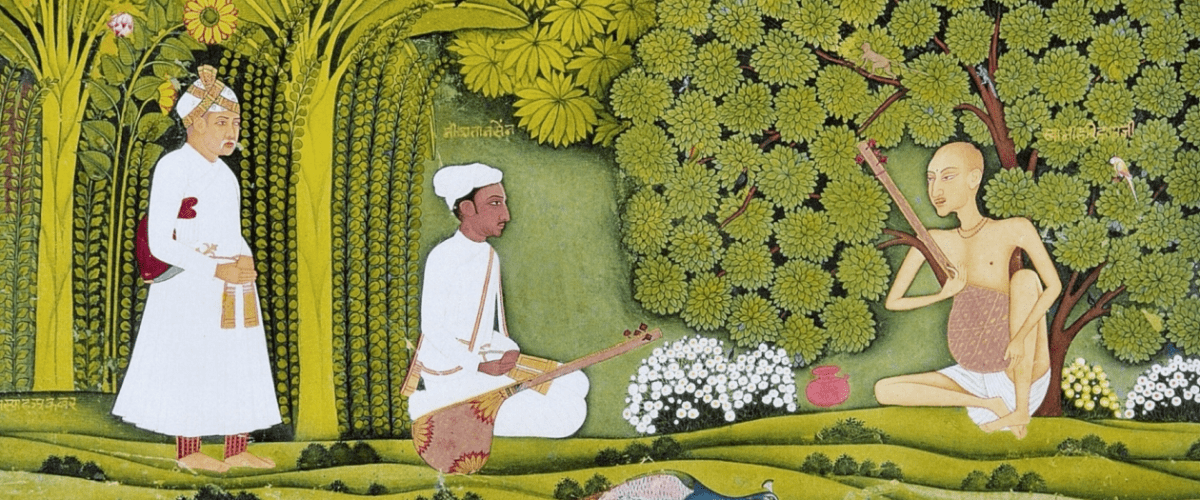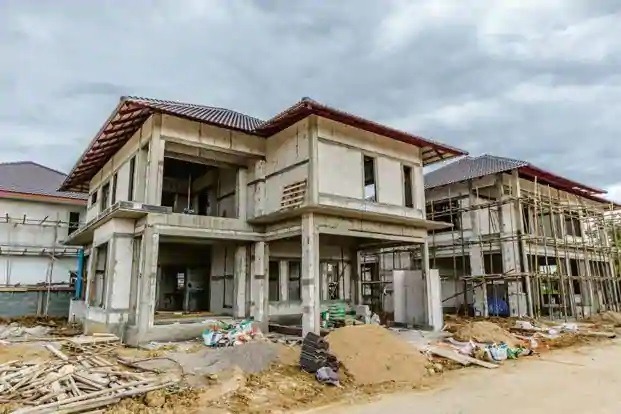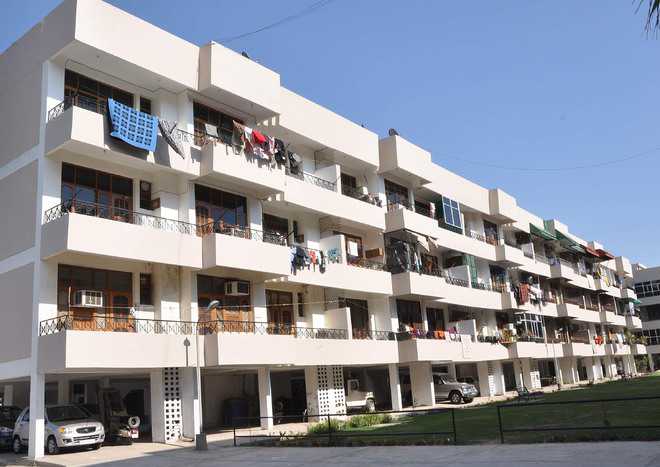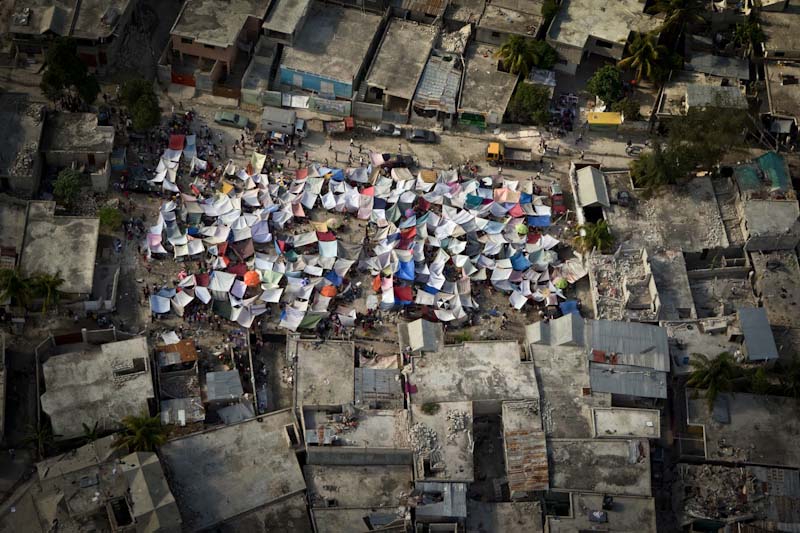Prologue
“Yaawwnnn! What’s all this cheering and celebration? What is it—7 a.m.? Oh, wait!!! Is it Holi? Is it that time of the year?” I never imagined I would feel more sleepy after such an unrealistic year-long nap.”
As I came to my senses and blinked away dust, I witnessed a gust of colours and laughter. Humans were smearing each other with every powdered hue under the sun. I couldn’t help but chuckle at their silly dances and the way they looked like walking, talking abstract paintings. Despite my stony exterior, Holi’s sheer joy and spectacle tickled me, making my heart, if I had one, feel lighter than a feather.
“Oh! You must be wondering who I am. My bad, I didn’t even introduce myself. I am just a unique, talkative red Banke Bihari Temple sandstone. I have been in this stone form since the temple was built in 1864. Over the years, I have witnessed thousands of devotees and Sadhakas visit Banke Bihari Temple annually in search of God. How many of them have been able to find God remains a mystery to me. But this Holi celebration is always a delight to watch.”
However, there was a time when I was a part of a strangely big rock. It was a few thousand years ago, I guess. Let me share my story.
Table of contents
A Few Thousand Years Ago…
Once upon a time, I was sitting peacefully at the mountaintop admiring nature with my mamma stone. The next thing I knew, I was crushed open into smaller pieces of rocks due to a landslide. It still hurts when I remember it.
Several of my ‘brother and sister stones’ were lost in that landslide. However, I ended up in the Ganges. The adventures were unending from there on. I met a fish that almost swallowed me, and I encountered a bask of crocodiles strategising to catch their next prey. Next, I encountered a flock of birds who were a bit confused as to where they should land for the migration season and so on.
Like this, Millennia passed. I had weathered into a smaller and much finer siltstone and settled near the Ganges banks. This was when humans picked me in gigantic baskets along with a few fellow siltstones and finer pieces of crumbled rocks. Little did I know that I would be a part of the legendary Banke Bihari Temple in Vrindavan. {Aah, Vrindavan! The Forest of Tulsi (Holy Basil). The quaint little city that has become my home.
Back to the Present
Well, that was a quick snapshot of my origin story. I may have missed a few details here and there. But this story is not about me. It’s about Banke Bihari Temple, of which I have been a proud wall member since 1864 and its vibrant and divine Holi celebrations.

This is how Holi is celebrated in the temple. Isn’t this enchanting? | Credit: Wikimedia Commons
Although a two-day affair in India, the festival of colours is played for 40 days in Braj Bhoomi. Amidst the ancient alleyways of Vrindavan, the Banke Bihari Temple comes alive in a kaleidoscope of hues, celebrating ‘Phoolon Wali Holi’.
As the devotees flock inside the temple, the priests and other temple custodians toss colours on them. The air resounds with the melodies of bhajans, songs that tell of Krishna’s playful exploits, his love for Radha, and their eternal dance of union. The crowd, a sea of faces from across the world, sways and dances, losing itself in a trance of devotion and ecstasy. Trust me, it’s a spectacle that you cannot afford to miss.

This is how the Holi celebrations look from where I am placed.
The Temple’s Architecture and Design
The temple’s structure, a homage to the rich Rajasthani architecture, stands as a beacon of cultural heritage and spiritual sanctity. Being a stone, my surface is also etched with the same intricate carvings that adorn the majestic archways and beautiful frescoes throughout the temple, each narrating the enchanting tales from Lord Krishna’s life. These stories, captured in stone and paint, echo through the corridors, inviting devotees into a world where the divine play of Krishna unfolds in every corner.

The temple enshrines an idol of Lord Krishna in the Tribhanga pose, a sacred symbol intimately associated with Haridas Swami, the revered poet and musician who offered his life’s work in veneration of this divine figure. This connection infuses the temple with a profound musical and poetic legacy as if the walls hum with his devotion’s echoes.
One of my greatest pride lies in the grandeur of the temple’s entrance. The artisans had elaborately carved the doorway that today serves as a threshold into the main prayer hall, a space where the air is thick with devotion and the ethereal chants dedicated to Lord Krishna. Here, the ceiling soars high, supported by pillars that are themselves masterpieces of artistry, their surfaces adorned with ornate decorations that capture the eye and lift the spirit.
The sanctum sanctorum, which houses the idol of Lord Krishna, is the heart of the temple, and it’s here that the design achieves its most profound purpose: creating an unbroken connection between the deity and the devotees. This space, where light and shadow play through intricate latticework, not only enhances the temple’s aesthetic but also maintains a cool and serene atmosphere, conducive to reflection and prayer.
The thoughtful layout of the Banke Bihari Temple ensures a smooth flow of devotees for darshan and reflects a deep understanding of worship’s dynamics and the importance of creating a sacred space that nurtures spiritual connection. But, it can be very crowded sometimes, to the point that I even feel asthmatic.
I clearly remember one of the days when this temple was being made; I was lying on the ground talking to other stones about our life’s journeys when we saw the Vastu experts entering the temple. They saw to it that everything was on point and in place. Perhaps it is also one reason why this temple reverberates with positive energy even today.

This is one of the bhaktas who was praying during the last Holi celebration. I hope Lord Krishna granted all his prayers and wishes.
Now, A Bit About Swami Haridas and the History of Banke Bihari Temple

Depiction of Swami Haridas and Tansen | Credits: darbar.org
The other day, I heard two priests talking about Swami Haridas. From what I know, the rich history of the Banke Bihari Temple not only highlights the spiritual significance of the temple but also underscores the enduring bond between the divine and its devotees.
The story of Banke Bihari Temple finds its way back to Swami Haridas. It is believed that Swami Haridas, who was born in 1478 A.D., was a reincarnation of Lalita Sakhi, who was a close female companion of Lord Krishna. From an early age, Haridas exhibited a profound inclination towards meditation and devotion, distinguishing him from his peers. The pivotal moment in the temple’s history occurred in the dense forests of Vrindavan, where Swami Haridas chose to dedicate his life to the meditation and adoration of Lord Krishna.
It was here, in the secluded grove of Nidhivan, that the celestial couple Shyama-Shyam, moved by the devotion of their fervent devotee, granted Haridas the vision of their divine form. To accommodate the wishes of his devotees, who longed for a permanent symbol of the Lord’s presence, Krishna and Radha merged into a single idol of dark and alluring beauty, symbolising both the cloud and the lightning, embodying their combined essence.
This idol, known as Bihariji, encapsulates the ethereal beauty and divine energy of the celestial couple, so much so that continuous, direct gaze upon it is believed to overwhelm the senses of mere mortals. Some also say that if a devotee gazes at the idol for too long, Thakur Ji (Lord Krishna), impressed with the bhakta’s devotion, may end up leaving with the bhakta. However, I haven’t seen anything like this in the last 250 years or so.
Of Belief & Spirituality
“Man is made by his belief. As he believes, so he is!” – Lord Krishna.
Even though I am a small stone, I am an ardent believer of Lord Krishna. Belief, although a simple word, holds unimaginable power. It is one’s power of belief that can turn something as lifeless and bland as a rock into an omnipotent, omnipresent and omniscient godly force. I am a testament to that. The Banke Bihari Temple stands as a splendid embodiment of such a belief, and rightly so. The construction of the temple not only captures the devotion to Lord Krishna but also showcases the exquisite craftsmanship and artistic heritage of the region. This temple is not just a structure of stones and mortar; it is a living attestation to the rich cultural tapestry of this land, which I proudly know as Bharat. Needless to say, for anyone who wants to explore India, this spiritual centre of Vrindavan should be on their bucket list. It is sprinkled throughout with an array of temples, and every corner of Vrindavan whispers tales of Lord Krishna’s playful exploits.





































